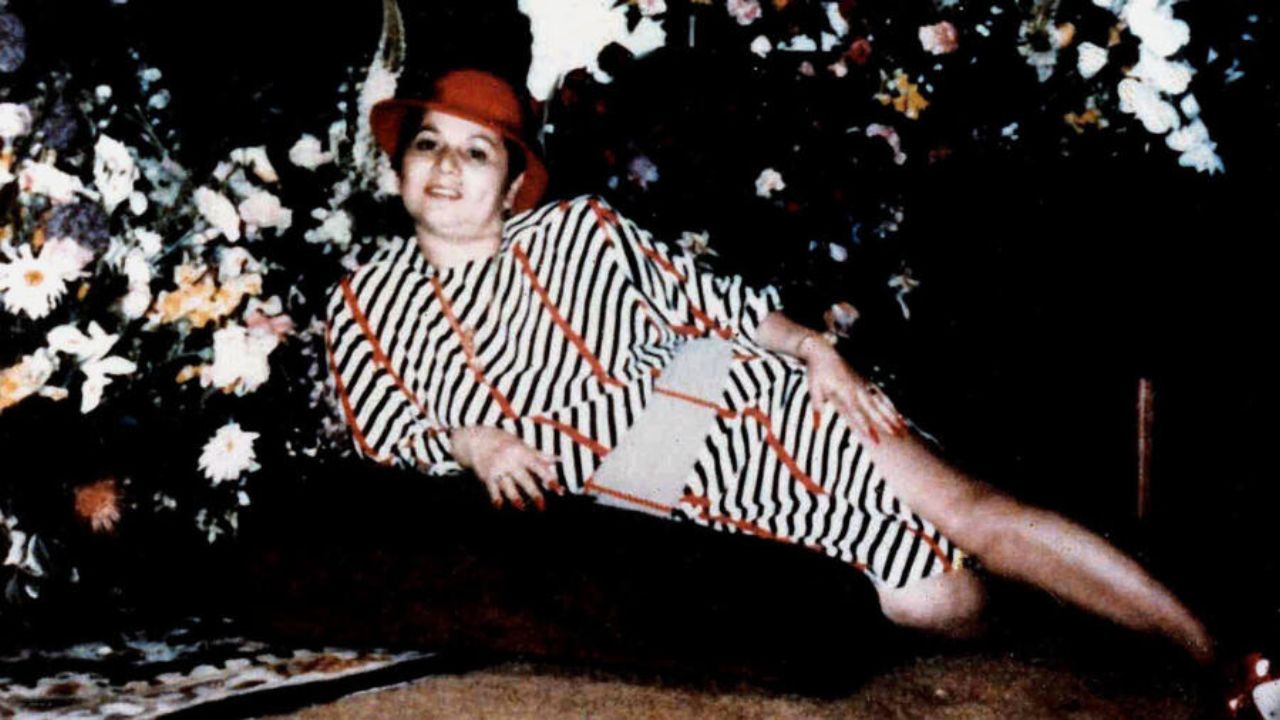blurred-reality.com – Yes, Griselda was addicted to crack (aka bazooka) in real life, like in the Netflix series. Her addiction was also one of the causes behind her increasing paranoia.
Griselda, a thrilling crime thriller miniseries directed by Andrés Baiz and produced by Eric Newman and Sofía Vergara, is now available for streaming on Netflix. Written by Doug Miro and Ingrid Escajeda, the show looks into the riveting life of Griselda Blanco, a notorious figure in the drug trade.
With a throbbing storyline, the series depicts Blanco’s difficult journey, highlighting the intricacies of her existence and the shady environment she inhabited. As the characters come to life against a backdrop of crime and intrigue, it provides viewers with an engrossing insight into the high-stakes and hazardous world of illicit enterprises.
With the release of the show, we have also discovered that many people have been wanting to know if Griselda was addicted to crack. Well, we’ve got you covered.
Previously, we touched on Vanessa Ferlito.
Griselda Was Indeed Addicted to Crack!
In the Netflix series, it is shown that Griselda is addicted to crack. As a result, many viewers have been wanting to know if Griselda was addicted to crack in real life. According to Bob Palombo, a former DEA agent who was involved in arresting her, she lost her control because of her addiction and increasing paranoia. He previously explained,
The bazooka, coupled with her homicidal tendencies and increasing paranoia, meant she was bad for business
 Griselda’s addiction to crack was one of the causes behind her increasing paranoia.
Griselda’s addiction to crack was one of the causes behind her increasing paranoia.
Image Source: Magnolia Pictures
In case you’re unaware, Crack cocaine or “bazooka” is a highly powerful, crystalline form of cocaine. It is produced by chemically modifying powdered cocaine to make it smokable. The procedure includes combining cocaine with baking soda or ammonia to form microscopic, hardened crystals that resemble rocks or “crack.”
Smoking crack cocaine causes an intense, fleeting euphoria, resulting in a rapid onset of effects. However, the drug’s addictive nature and negative effects on health, cognition, and conduct have led to extensive societal problems and legal ramifications.
How Did Griselda Die?
On February 17, 1985, Bob Palombo and other DEA officers arrested Blanco at her house in Irvine, California. In addition to the narcotics accusations, Blanco admitted to three killings. She reached an agreement with prosecutors and spent only 15 years in prison. She was then released in 2004 and deported to Colombia. Blanco spent her last years in anonymity in southwest Medellin.
Griselda was killed in Medellín, Colombia, on September 3, 2012. She was shot many times by two unidentified gunmen riding motorcycles as she was exiting a butcher store. Although Palombo says he doesn’t like to guess without evidence, he believes Blanco provided information after her son, Michael, was jailed on drug charges.
 Griselda was shot and killed in 2012 by 2 unidentified gunmen.
Griselda was shot and killed in 2012 by 2 unidentified gunmen.
Image Source: YouTube (The Villains)
Blanco and Pablo Escobar were bitter rivals in life, but her final resting place is barely 120 steps away from his burial in Cemeterio Jardines Montesacro in Itagüí, Colombia.
On the other hand, Griselda’s death isn’t shown in the Netflix series. The limited series only has six episodes, each lasting about 50 to 60 minutes, thus the writers and producers had to leave out some portions of her life. One of the incidents they opted to remove was her death in 2012, which they felt was unnecessary to the plot. According to TODAY, executive producer Doug Miro revealed why Blanco’s murder isn’t shown in Griselda. He said:
Emotional truth [was more important]. When I say ‘truth,’ what we want is the essence of who the characters are emotionally, what their experience was, what it’s like to put on their shoes. To do that, you need to go past what’s written, past what’s published.

